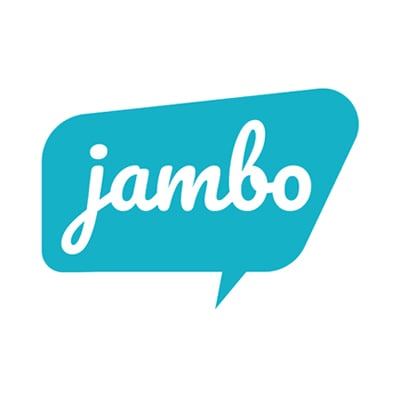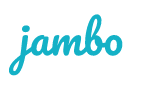
2. Open and transparent communication and reporting
Transparency is the foundation of trust and engagement. Stakeholders need timely, honest, accessible information to feel valued and engaged.
Best practices include:
- Creating a communication plan with regular updates (e.g., newsletters, reports, meetings).
- Sharing successes and challenges openly.
- We offer multiple communication channels (email, webinars, forums, and social media).
- Making it easy for stakeholders to ask questions, provide input, and receive responses.
Questions to ask yourself:
- Are we providing consistent, meaningful updates to stakeholders?
- Do we actively encourage and collect feedback in a welcoming way?
- Are communication channels two-way and accessible?
3. Actively listen to stakeholder feedback
Listening is more than hearing; it requires understanding, empathizing, and acting. Building trust means demonstrating that stakeholder voices influence outcomes.
How to improve listening and responsiveness:
- Create easy, accessible ways for stakeholders to share feedback (surveys, suggestion boxes, focus groups).
- Capture feedback systematically and store it in a searchable, organized system.
- Regularly review and analyze feedback to identify trends or urgent issues.
- Communicate to stakeholders how their input influenced decisions or why specific suggestions were not implemented.
- Address concerns promptly to show commitment.
Questions to ask yourself:
- How do we gather, store, and track stakeholder feedback?
- Are we transparent about the feedback loop and follow-up actions?
- Do we use stakeholder insights to improve project plans?
Ensure you have an effective tracking system. See our blog: Why is effective stakeholder engagement important →
4. Empower stakeholders to participate
Authentic engagement involves giving stakeholders a seat at the table, not just seeking their opinions but involving them in decision-making and co-creating solutions.
Ways to empower stakeholders:
- Invite stakeholders to participate in workshops, advisory boards, and planning sessions.
- Facilitate collaborative decision-making processes that allow stakeholders to influence key milestones.
- Provide capacity-building opportunities so stakeholders feel confident contributing.
- Recognize and credit stakeholder contributions publicly.
Questions to ask yourself:
- Are stakeholders actively engaged in relevant project discussions?
- How can we increase their influence on decision-making?
- How are we building trust to encourage ongoing participation?
Using software to make stakeholder engagement meaningful
Managing stakeholder information, communications, and relationships manually can be overwhelming and prone to oversights. Stakeholder Relationship Management (SRM) software can streamline and enhance engagement efforts.
Benefits of an SRM system:
- Centralizes stakeholder data, communications, and feedback.
- Tracks commitments, issues, and follow-up actions.
- Prioritizes stakeholders to ensure essential voices are not overlooked.
- Generates reports to monitor engagement effectiveness.
Questions to ask yourself:
- What tools do we currently use to manage stakeholder engagement?
- Would adopting an SRM improve our processes and help make our engagement more meaningful
Learn more with our blog: How an SRM can strengthen stakeholder engagement planning →









